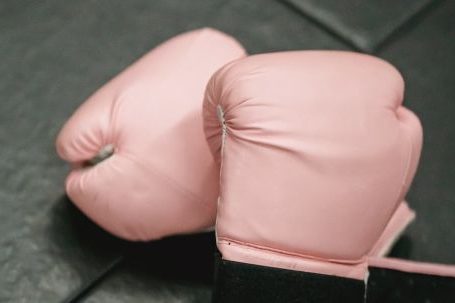In today’s fast-paced world, finding time for exercise can be a challenge. Whether it’s due to a busy schedule, limited access to a gym, or simply not wanting to leave the comfort of your own home, many people struggle to incorporate physical activity into their daily routine. However, improving your flexibility is not only beneficial for your overall health, but it can also help prevent injuries and reduce muscle soreness. The good news is that you can easily work on increasing your flexibility from the comfort of your own home. In this article, we will explore some effective ways to improve flexibility without ever stepping foot outside.
Start with a Warm-Up
Before diving into any stretching routine, it’s essential to warm up your muscles. A warm-up increases blood flow to the muscles, making them more pliable and less prone to injury. Simple activities such as jogging in place, jumping jacks, or even a brisk walk can get your heart rate up and your muscles ready for stretching. Aim for at least five to ten minutes of warm-up before moving on to the stretching exercises.
Dynamic Stretching
Dynamic stretching is an excellent way to improve flexibility while also warming up the muscles and joints. Unlike static stretching, which involves holding a stretch for an extended period, dynamic stretching involves moving through a full range of motion. Examples of dynamic stretches include arm circles, leg swings, and torso twists. Perform each dynamic stretch for around 10 to 15 repetitions, gradually increasing the range of motion as you go.
Focus on Major Muscle Groups
When it comes to improving flexibility, it’s important to target the major muscle groups in your body. This includes the hamstrings, quadriceps, hip flexors, calves, and shoulders. By focusing on these areas, you can enhance overall flexibility and mobility. Incorporate exercises such as forward folds, lunges, hip flexor stretches, calf raises, and shoulder rolls into your routine. Remember to breathe deeply and avoid bouncing or jerking movements, as this can lead to injury.
Use Props and Equipment
To enhance your stretching routine, consider incorporating props or equipment to aid in flexibility training. Yoga blocks, resistance bands, and foam rollers are just a few examples of tools that can help deepen your stretches and target specific muscle groups. For instance, using a foam roller can release tension in the muscles and improve flexibility in the back and legs. Explore different props and equipment to find what works best for you and your flexibility goals.
Consistency is Key
Improving flexibility takes time and consistency. It’s important to make stretching a regular part of your routine to see long-term results. Aim for at least three to four stretching sessions per week, with each session lasting around 15 to 30 minutes. Remember that progress may be slow at first, but with time and dedication, you will notice significant improvements in your flexibility.
Listen to Your Body
While it’s essential to push yourself during stretching exercises, it’s equally important to listen to your body and avoid overstretching. Stretching should be a gentle and gradual process, and you should never feel sharp pain. If you experience discomfort or pain during a stretch, ease off and modify the movement as needed. Always prioritize safety and be mindful of your body’s limitations.
In conclusion, improving your flexibility doesn’t require a gym membership or fancy equipment. With a little dedication and consistency, you can enhance your flexibility from the comfort of your own home. Remember to warm up, incorporate dynamic stretching, focus on major muscle groups, use props and equipment, and most importantly, listen to your body. By following these tips, you’ll be well on your way to a more flexible and healthy body. So, why wait? Start improving your flexibility today!





